Table of Contents
The wide culinary uses of the mustard plant make it a great addition to anyone’s home garden. Belonging to the Brassicaceae family, mustard has been cultivated for ages as its seeds are processed into different mustard products, and its leaves are enjoyed as delicious greens.
An annual plant, mustard can be botanically categorized in three groups: black mustard (Brassica nigra), brown mustard (Brassica juncea), and white or yellow mustard (Brassica alba or Sinapis alba). Greens from this superfood plant are packed with nutrients like calcium, iron, magnesium, phosphorus, potassium, and zinc. Home gardeners can start planting mustard seeds during early spring or late summer, and enjoy the crops in delicious meals.
Common Mustard Types
In the United States, all three primary mustard groups are cultivated. Among these types of mustard, yellow mustard is the most prominent because its seeds are processed into prepared mustard.
Heirloom and Hybrid Mustards
Mustard can be categorized by heirloom and hybrid varieties.
Green Wave, Japanese Red Giant, Mizuna, Old Fashioned, Osaka Purple, Red Garnet, Red Giant, and Southern Giant Curled are excellent examples of heirloom mustard varieties. To be considered heirloom, a variety should be free from cross breeding for at least 40 to 50 years. Some of these mustard varieties are maintained as heirlooms by seed companies and universities. Traditionally, heirloom varieties are passed down from generation to generation among different ethnic, familial, or other social groups. Heirloom seeds are excellent for seed saving as they are true to seed, carrying the same traits as the parent plant.

Green Boy, Green Giant, Market Mustard Mix, Miz America Mizuna, Scarlet Frill, and Summer Fest are results of deliberate cross breeding between two mustard varieties. Agriculturists can make improvements on disease resistance, flavor, growth, pest resistance, size, yield, and other traits in the resulting hybrid. As a result, hybrid mustard varieties are considered more suitable for commercial or large-scale farming.
Other Popular Mustard Groupings
Discover these mustard varieties commonly found in seed markets or grocery stores.
Types of Mustard Leaf Colors
Mustard leaf colors can range from green to purple and red.
| Mustard Leaf Colors | Common Examples (Where to Buy) |
|---|---|
| Green Mustard Leaves | Florida Broadleaf (Eden Brothers, True Leaf Market) Frizzy Joe (Territorial Seed Company) Green Coin Tatsoi (Territorial Seed Company) Green Wave (Territorial Seed Company, True Leaf Market) Old Fashioned (Eden Brothers, True Leaf Market) Southern Giant Curled (Eden Brothers, True Leaf Market, Rare Seeds) Tendergreen (Eden Brothers) |
| Purple and Red Mustard Leaves | Dragon Tongue (Territorial Seed Company) Frizzy Lizzy (Territorial Seed Company) Japanese Red Giant (True Leaf Market, Rare Seeds) Miz America Mizuna (Territorial Seed Company, True Leaf Market) Osaka Purple (True Leaf Market) Red Giant (Eden Brothers, True Leaf Market) Red Garnet (True Leaf Market) |
Types of Mustard Leaf Shapes
Every mustard variety comes in different shapes. Some mustard greens are broader than others.
| Mustard Leaf Shapes | Common Examples (Where to Buy) |
|---|---|
| Mustards with Round Leaves | Black Knight (True Leaf Market) Green Boy (True Leaf Market) Green Giant (Territorial Seed Company) Japanese Komatsuna (True Leaf Market) Osaka Purple (True Leaf Market) Scarlet Red (True Leaf Market) |
| Mustards with Savoy Leaves | Chirimen Hakarashi (True Leaf Market) Da Ping Pu (True Leaf Market) Green Wave (Territorial Seed Company, True Leaf Market) Old Fashioned (Eden Brothers, True Leaf Market) Southern Giant Curled (Eden Brothers, True Leaf Market, Rare Seeds) Wasabi (True Leaf Market) |
Types of Mustard Flavors
The mustard plant has a distinct, pungent flavor that can lend a punch to your meals. The taste of mustard greens are often compared to arugula and horseradish.
| Mustard Flavors | Common Examples (Where to Buy) |
|---|---|
| Mild and Sweet Mustards | Shuidong (True Leaf Market) Tendergreen (Eden Brothers) |
| Peppery Mustards | Crimson Tide (True Leaf Market) Mizuna (Eden Brothers, True Leaf Market) Old Fashioned (Eden Brothers, True Leaf Market) Red Capital (True Leaf Market) Southern Giant Curled (Eden Brothers, True Leaf Market, Rare Seeds) |
| Spicy Mustards | Chirimen Hakarashi (True Leaf Market) Florida Broadleaf (Eden Brothers, True Leaf Market) Japanese Giant Garnet (True Leaf Market) Red Garnet (True Leaf Market) Red Giant (Eden Brothers, True Leaf Market) Scarlet Frill (True Leaf Market) Wasabina (Territorial Seed Company, True Leaf Market) |
Types of Geographic Origins
There are conflicting claims on the geographic origin of the mustard plant. Research suggests that mustard plants have been grown from as early as 2500 to 1700 BC by the Indus civilization. In 2021, another set of researchers proposed the origins of mustard in Central Asia.
| Geographic Origins | Common Examples (Where to Buy) |
|---|---|
| North American Mustards | Dragon Tongue (Territorial Seed Company) Green Wave (Territorial Seed Company, True Leaf Market) Southern Giant Curled (Eden Brothers, True Leaf Market, Rare Seeds) Tendergreen (Eden Brothers) |
| Asian Mustards | Da Ping Pu (True Leaf Market) Frizzy Lizzy (Territorial Seed Company) Gai Choi (True Leaf Market) Green Boy (True Leaf Market) Osaka Purple (True Leaf Market) Red Giant (Eden Brothers, True Leaf Market) Wasabina (Territorial Seed Company, True Leaf Market) |
Types of Culinary Uses
Typically used interchangeably with kale, spinach, and Swiss chard, mustard greens can be cooked or consumed fresh in salads. Mustard seeds are the primary component of the condiment, prepared mustard, with the black mustard group as the strongest in terms of pungency.
| Culinary Uses | Common Examples (Where to Buy) |
|---|---|
| Mustards for Salads | Japanese Red Giant (True Leaf Market, Rare Seeds) Old Fashioned (Eden Brothers, True Leaf Market) Osaka Purple (True Leaf Market) Red Capital (True Leaf Market) Tokyo Bekana (True Leaf Market) |
| Mustards for Soups | Da Ping Pu (True Leaf Market) Green Wave (Territorial Seed Company, True Leaf Market) Scarlet Red (True Leaf Market) Southern Giant Curled (Eden Brothers, True Leaf Market, Rare Seeds) Wasabina (Territorial Seed Company, True Leaf Market) |
| Mustards for Stir-fry | Japanese Komatsuna (True Leaf Market) Misome (True Leaf Market) Mizuna (Eden Brothers, True Leaf Market) Shuidong (True Leaf Market) Wasabi (True Leaf Market) |
Types of Disease Resistance
Some mustard varieties are more disease-resistant than others.
| Disease Resistance | |
|---|---|
| Disease Resistant Mustards | Chinese Mustard (True Leaf Market) Misome (True Leaf Market) Misome Choho (True Leaf Market) Shuidong (True Leaf Market) |
| Susceptible Varieties | Japanese Red Giant (True Leaf Market, Rare Seeds) Red Giant (Eden Brothers, True Leaf Market) Ruby Streak (True Leaf Market) Scarlet Frill (True Leaf Market) |
Types of Preferred Growing Conditions
Find the best mustard variety that suits your garden resources. Home gardeners with minimal space should consider container mustards for their compact growth. Cultivating mustards through hydroponics is also possible.
| Preferred Growing Conditions | Common Examples (Where to Buy) |
|---|---|
| Container Mustards | Black Knight (True Leaf Market) Green Wave (Territorial Seed Company, True Leaf Market) Mibuna (True Leaf Market) Mizuna (Eden Brothers, True Leaf Market) Osaka Purple (True Leaf Market) Red Garnet (True Leaf Market) |
| Field/Greenhouse Mustards | Green Giant (Territorial Seed Company) Japanese Red Giant (True Leaf Market, Rare Seeds) Misome (True Leaf Market) Red Giant (Eden Brothers, True Leaf Market) Southern Giant Curled (Eden Brothers, True Leaf Market, Rare Seeds) |
| Mustards Suitable for Hydroponic | Frizzy Joe (Territorial Seed Company) Frizzy Lizzy (Territorial Seed Company) |
Popular Varieties of Broad Mustards

Broad and flat leaf shapes characterize these mustard varieties. Some varieties come with spoon-shaped leaves, while others are semi-savoy.
| Variety | Description | Lifecycle | Days to Maturity | Where to Buy |
|---|---|---|---|---|
| Florida Broadleaf | Florida Broadleaf is an incredible mustard variety with early-season growth. Under optimal conditions, its large leaves can reach up to 10 inches long with white, crisp midribs. | Annual | 48 to 53 days | Eden Brothers, True Leaf Market |
| Japanese Komatsuna | An Oriental mustard, this heirloom variety provides flavor similar to spinach. Apart from its reliable growth, Japanese Komatsuna can tolerate cold and heat, making it an excellent choice for your vegetable garden. The tender leaves can be enjoyed in recipes for salads like ohitashi, and soups like sukiyaki and yosenabe. | Annual | 30 to 50 days | True Leaf Market |
| Japanese Red Giant | In Japan, greens from this mustard are traditionally used for pickling. Cold tolerant and slow to bold, Japanese Red Giant has wide, semi-savoy leaves that offer mild peppery flavor. | Annual (but can be grown as biennial) | 60 to 80 days | True Leaf Market, Rare Seeds |
| Red Giant | Red Giant is a cold-hardy Japanese heirloom with green, tender leaves. Leaves from this variety are lightly curled and tinged with burgundy at the edges. Expect peppery flavor and notes of sweetness from Red Giant leaves. | Annual (but can be grown as biennial) | 48 to 53 days | Eden Brothers, True Leaf Market |
| Scarlet Red | Scarlet Red grows a rosette-like head with broad, red leaves. You can harvest this mustard variety early as microgreens or have them matured. Growing Scarlet Red can beautify your vegetable garden for its eye-catching red heads. | Annual | 45 to 50 days | True Leaf Market |
Popular Varieties of Frilled Mustards

These varieties tend to have crinkly, loose leaves. Because of their frilly nature, these mustard varieties tend to be more tender.
| Variety | Description | Lifecycle | Days to Maturity | Where to Buy |
|---|---|---|---|---|
| Crimson Tide | Often compared to the Ruby Streak variety, Crimson Tide yields purple to green-frilled leaves packed with a peppery flavor. This variety can be harvested as baby greens 20 to 25 days after sowing. | Annual | 45 to 50 days | True Leaf Market |
| Frizzy Joe | A cold-hardy variety, Frizzy Joe grows tender leaves with a mild mustard flavor. It boasts great field hold during maturity, but can be harvested as baby leaves after 27 days. | Annual | 35 to 40 days | Territorial Seed Company |
| Frizzy Lizzy | Like Frizzy Joe, Frizzy Lizzy grows an attractive bundle of deep-purple leaves. | Annual | 35 to 40 days | Territorial Seed Company |
| Miz America Mizuna | Miz America Mizuna is a hybrid mustard variety that produces frilled leaves with a dark burgundy color. This variety is an excellent choice for container planting. | Annual | 30 to 40 days | Territorial Seed Company, True Leaf Market |
| Mizuna | Mizuna is a productive variety, yielding jagged leaves on crisp, white stalks. It offers mild mustard flavor with sweet notes. | Annual | 40 to 45 days | Eden Brothers, True Leaf Market |
| Wasabina | This Chinese heirloom mustard is known for its spice, which slowly fades during cooking. Wasabina mustard has resistance to frost and bolts slowly in hot temperatures. You can harvest this variety for baby leaves once they reach 3 inches tall or at full maturity when they reach 10 inches. | Annual | 40 to 45 days | Territorial Seed Company, True Leaf Market |
Popular Varieties of Cover Crop Mustards

If you’re having trouble with pest problems in your garden, consider planting these cover crop mustards. These varieties have been cultivated deliberately for home gardening and farm use and typically grow bright yellow flowers.
| Variety | Description | Days to Germination | Days to Maturity | Where to Buy |
|---|---|---|---|---|
| Farmer’s Favorite | Farmer’s Favorite is a reliable blend of mustard plant that grows colorful leaves with yellow flowers. It can reach 3 to 4 feet tall with a field coverage of 88%. It boasts weed control and allows early spring pollinators due to its longer flowering time. To enjoy these benefits, plant Farmer’s Favorite in early spring. | Annual | 35 to 45 days | True Leaf Market |
| Mighty Mustard® Kodiak™ | Developed at the University of Idaho by Dr. Jack Brown, Kodiak™ can reach 24 to 30 inches tall, growing an extensive taproot system and allowing the soil to loosen. This variety also has Sinigrin glucosinolate that prevents specific soilborne pathogens like Fusarium, Phytophthora capsici, Pythium, Sclerotinia sclerotiorum, and Verticillium. | Annual | 35 to 40 days | True Leaf Market |
| Mighty Mustard® Pacific Gold™ | With similar actions to the Kodiak™ variety, Pacific Gold also works as a biofumigant, repressing nematode-related problems and development of soilborne pathogens, specifically Charcoal rot, Fusarium, Phytophthora capsici, Sclerotinia sclerotiorum, and Verticillium. | Annual | 35 to 40 days | True Leaf Market |
| Mighty Mustard® Trifecta Power Blend™ | Trifecta Power Blend™ primarily consists of a blend between Kodiak, Pacific Gold, and White Gold. It combines all the benefits of these cover crops into one optimum mix. | Annual | 35 to 40 days | True Leaf Market |
| Mighty Mustard® White Gold™ | White Gold™ is an effective biofumigant against nematodes and broadleaf weeds because of thiocyanate ion’s ability to inhibit germination. | Annual | 35 to 40 days | True Leaf Market |
FAQ About Types of Mustard
Which type is suitable for making prepared mustard?
Among the mustard family, seeds of white or yellow mustard (Brassica alba or Sinapis alba) have been traditionally used for producing the popular condiment, prepared mustard. These seeds are ground and processed with vinegar, water, and other spices. Prepared mustard is used in dips, marinades, salad dressings, and spreads.
Which mustard varieties are excellent as microgreens?
Mustard plants can be harvested before maturity. These baby greens can be mixed in salads, adding unique flavors and textures. Green Wave, Mibuna, Mizuna, Osaka Purple, and Southern Giant Curled are excellent mustard varieties for baby greens.


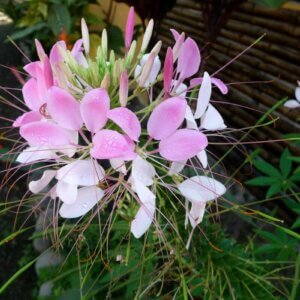
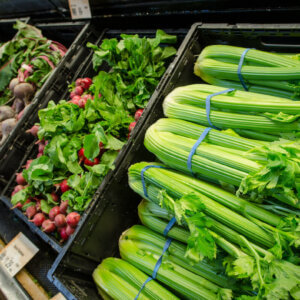




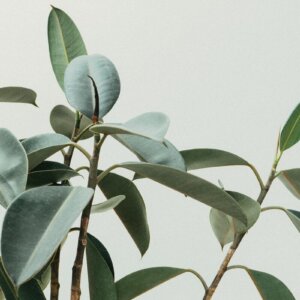
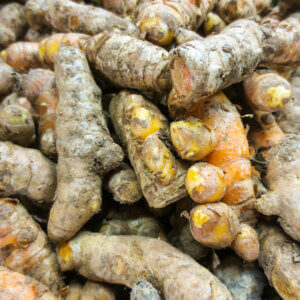


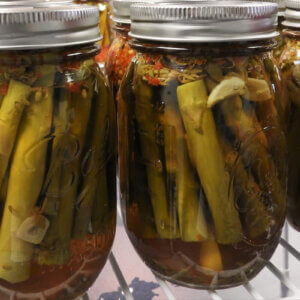
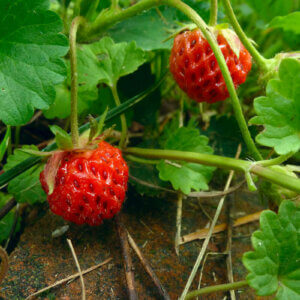
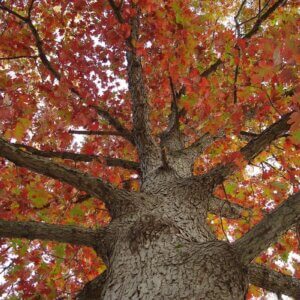
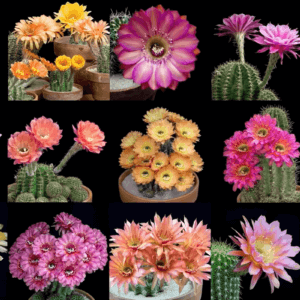

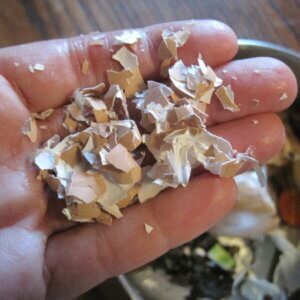


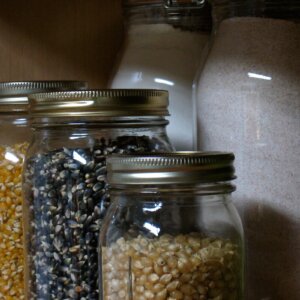
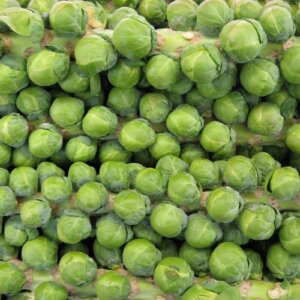

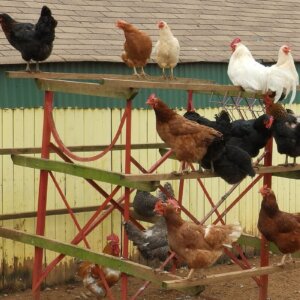
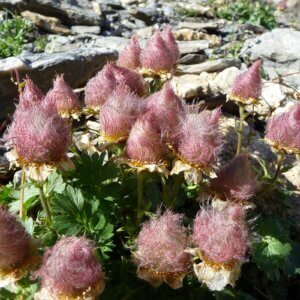







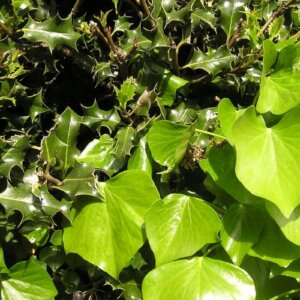









Leave a Reply